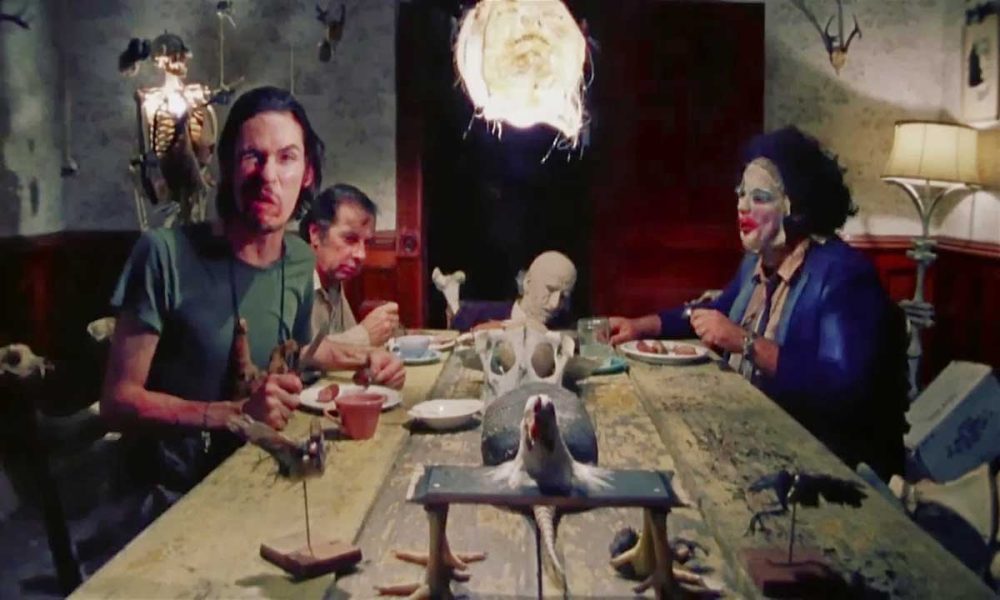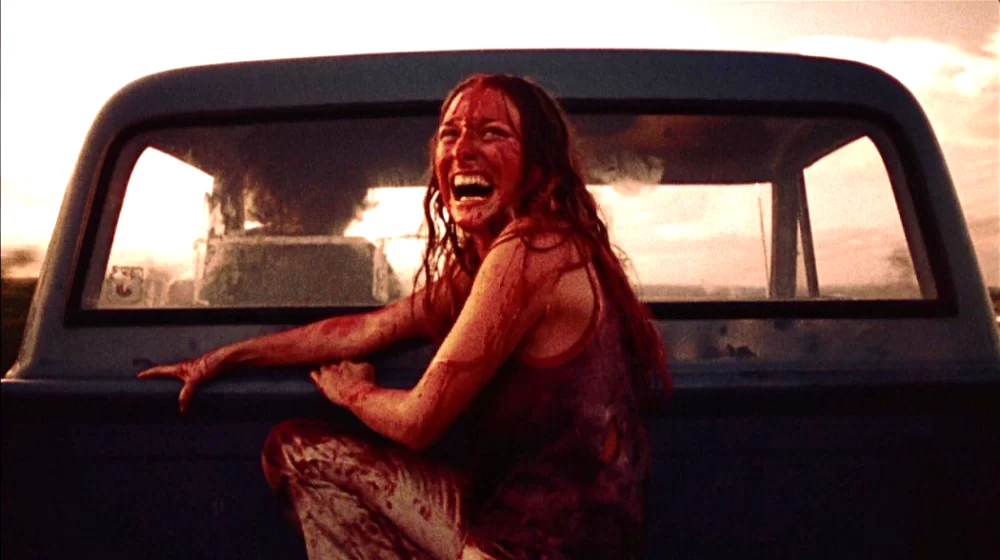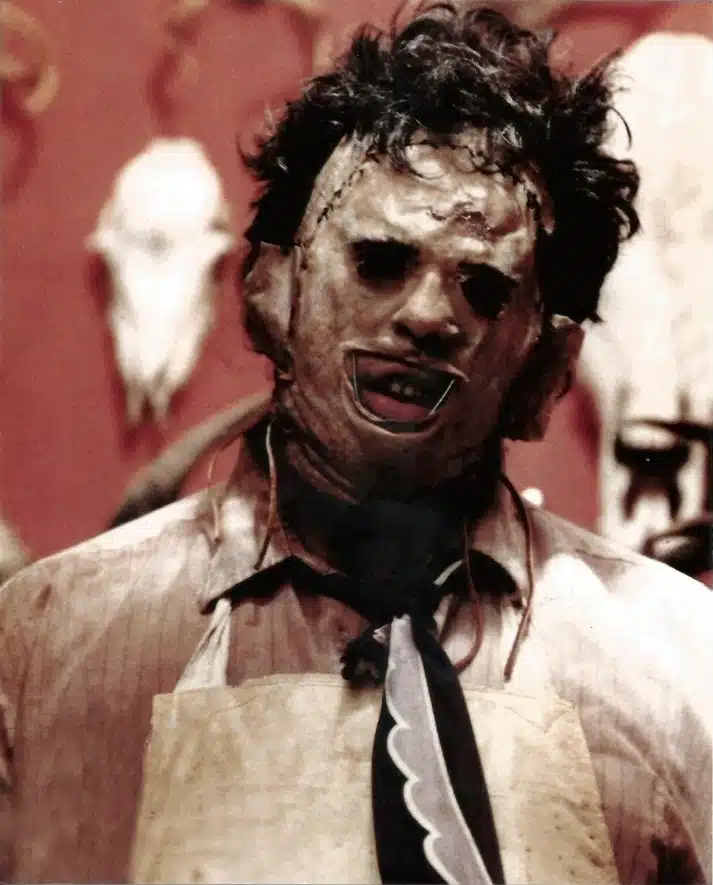The Nationwide Movie Registry chooses 25 motion pictures every year that signify important contributions to the medium on the premise of historical past, aesthetic, and tradition. Horror has some essential works in there already, with Tod Browning’s Freaks (1932), George Romero’s Evening of the Dwelling Lifeless (1968), and Jonthan Demme’s Silence of the Lambs (1991) standing tall amongst them. It’s simple to justify their place on the record. These motion pictures modified the language of horror and the efficiency of distinctive expressions of violence. Evening of the Dwelling Lifeless, as an example, turned blood and gore into devices of political thought that would shine a light-weight on a rustic’s descent into immorality. Freaks, however, challenged societal perceptions of normalcy and located it extra harmful and unstable than the so-called freaks on the middle of the story.
Clearly, the bar for stepping into the Movie Registry is kind of excessive. And but, the newest horror traditional to be included in it surpasses these expectations, and its contributions are plain. That film is Tobe Hooper’s The Texas Chainsaw Bloodbath (1974), and it’s one of the deserving motion pictures to ever have made it to the Registry.

Loosely based mostly on the actual case of serial killer Ed Gein (often known as The Plainfield Butcher), Texas Chainsaw Bloodbath follows a bunch of hippie mates that cross paths with the long-lasting Leatherface (Gunnar Hansen), a chainsaw-wielding maniac that wears masks constituted of of the faces of his victims. He’s a part of a household of cannibals that dwell in a home that’s furnished with sofas and different home equipment constituted of human pores and skin and bones.
Leatherface and his household proceed to kill a lot of the group, nevertheless it’s all in regards to the one which survives. One of many ladies, known as Sally (Marilyn Burns), manages to keep away from changing into dinner for the cannibal household and rides away behind a pickup truck on the finish of the film, laughing in triumph and in abject terror. That final element was chargeable for birthing one among horror’s most treasured and lasting tropes: the ultimate woman.
This sort of contribution is what movie registries are made for. The ultimate woman, simply because the identify implies, is the character that survives the slasher towards all odds. Slasher motion pictures are, by definition, showcases of violence that need audiences to rejoice within the free move of blood and gore. Overcoming a residing demise machine that’s chasing after you means getting one over the slasher. It means leaving the killer unfulfilled.

The ultimate woman trope isn’t indicative of a full-blown victory, although. Reasonably, it’s a center finger to the killer. It’s about discovering a little bit of broken hope in all of the ugliness. Because of this, it gave girls an even bigger sense of company and an influence that many different horror motion pictures earlier than it didn’t actually afford them. That alone is worthy of preservation in movie historical past.
What additionally cements Chainsaw Bloodbath’s standing as a pillar of American horror, after point out of the ultimate woman, that’s, is its strategy to violence. Hooper isn’t concerned with set-piece kill scenes or flashy dismemberments. It’s about capturing one thing uncooked, messy, brutal, and believable. Not like Michael Meyers or Jason Voorhees, it isn’t solely tough to think about somebody as deranged as Leatherface really going out to kill individuals with a chainsaw after which doing unspeakable issues to their our bodies. That is due to the naturalistic really feel of the homicide scenes.
Chainsaw Bloodbath isn’t over-the-top gory, or a multitude of blood splatter both. It’s usually suggestive, with sound taking part in a heavier position than it’s given credit score for. The horror Hooper goes for settles on a extra macabre sense of violence. It’s ghoulish and taboo quite than express. It makes Leatherface really feel much more harmful than a few of his fellow slashers. He’s simply extra actual. This allowed Hooper to ascertain an American variation of violence, one that originally mirrored on the state of issues because the Seventies rolled on and the Counterculture began to fade.

One final level. The actual fact Leatherface is a part of a household that options closely within the film as properly additionally allowed Hooper to touch upon the corruption of the American household, particularly by way of how they will move evil down from one era to a different. This level is so essential that I’d argue {that a} Leatherface film with out the familial component robs the character of a few of its essence. Killing is a household enterprise on this planet of The Texas Chainsaw Bloodbath, and its expression within the movie impressed future storytellers to think about what they wished their violence to talk to.
Tobe Hooper’s horror traditional earns its spot within the Nationwide Movie Registry by increasing on the language of horror. Merely put, it modified the style. Horror historical past has a mandatory cease in 1974 due to it. Horror seems completely different due to it. And the tradition of horror modified endlessly due to it. Goes to point out {that a} chainsaw generally is a nice car for criticism and feminine company on prime of being a superb device for eradicating somebody’s face.





